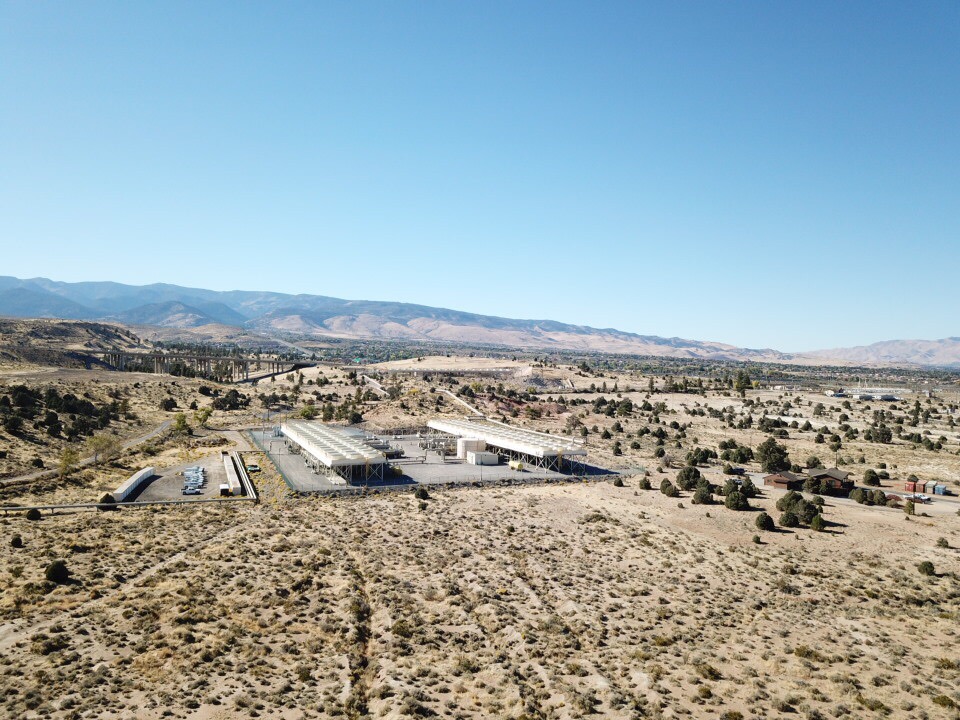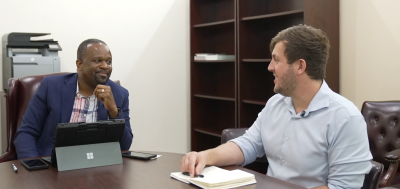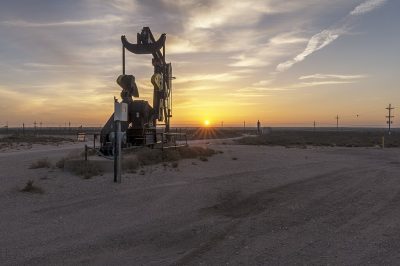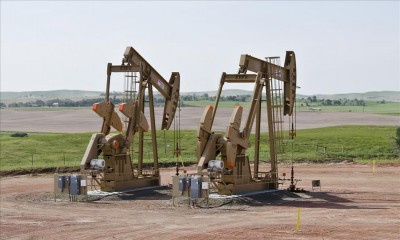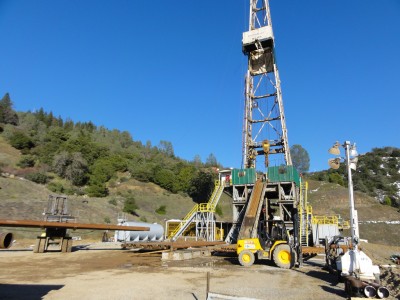New categorical exclusion to facilitate permitting of geothermal projects in the US
The Bureau of Land Management has finalized a new categorical exclusion that eases permitting for geothermal exploration drilling and resource testing.
The Bureau of Land Management has finalized a new categorical exclusion (CX) that simplifies the permitting process for geothermal drilling in public lands in the United States. Based on analysis done by the US Department of Energy, the categorical exclusion can shorten permitting times by up to 1 year, significantly reducing capital costs for geothermal projects.
As originally proposed by the BLM on October 2024, the categorical exclusion eliminates the redundancy of having to conduct two separate environmental reviews for initial exploration drilling and to fully test the geothermal resource. This is depsite the two activities having similar environmental impacts.
The new categorical exclusion applies to geothermal resource confirmation operations plan of up to 20 acres, which can include drilling wells (e.g., core drilling, temperature gradient wells, and/or resource wells) to confirm the existence of a geothermal resource, to improve injection support, or to demonstrate connections between wells. It applies only to geothermal resource confirmation operations on public lands and split estates.
This development will help accelerate the discovery of new geothermal resources throughout the West, especially in states like Nevada, home to some of the largest undeveloped geothermal potential in the country.
More details on the approved categorical exclusion can be found at the BLM E-planning site.
Proposal to ease geothermal resource exploration
The BLM has another proposed categorical exclusion that aims to ease the permitting requirements for activities related to the search for indirect evidence of geothermal resources. The proposed “Geothermal Exploration Operations (GEO) CX” will apply to activities that satisfy the following requirements:
- Does not include the direct testing of geothermal resources or resource utilization;
- Does not exceed 10 acres of total (contiguous or noncontiguous) surface disturbance;
- Requires reclamation of surface disturbances when their intended purpose has been fulfilled;
- Requires reclamation of temporary routes when their intended purpose(s) has been fulfilled, unless through a separate review and decision-making process the BLM incorporates and appropriately designates the route as part of its transportation system;
- Does not make a temporary route available for public use unless the temporary route is specifically intended to accommodate public use;
- Requires temporary routes to be constructed or used so as to allow for the reclamation, by artificial or natural means, of vegetative cover on the temporary route and areas where the vegetative cover was disturbed by the construction or use of the route, and requires such treatment to be designed to reestablish vegetative cover as soon as possible, but at most within 10 years after approved reclamation commences; and,
- Includes design elements to protect resources and resource uses consistent with the applicable Resource Management Plan, laws, regulations, and any lease terms (as applicable).
The BLM proposes that such activities normally would not have a significant effect on the environment as evaluated from similar previously implemented actions. The BLM’s intent in establishing this CX is to improve the efficiency of routine environmental review processes for pre-leasing geothermal resource exploration operations.
Source: Bureau of Land Management
